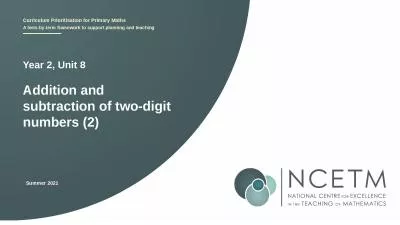PPT-Place value in four-digit numbers
Author : margaret | Published Date : 2024-02-09
4NPV2 4NPV2 Recognise the place value of each digit in four digit numbers and compose and decompose four digit numbers using standard and nonstandard partitioning
Presentation Embed Code
Download Presentation
Download Presentation The PPT/PDF document "Place value in four-digit numbers" is the property of its rightful owner. Permission is granted to download and print the materials on this website for personal, non-commercial use only, and to display it on your personal computer provided you do not modify the materials and that you retain all copyright notices contained in the materials. By downloading content from our website, you accept the terms of this agreement.
Place value in four-digit numbers: Transcript
Download Rules Of Document
"Place value in four-digit numbers"The content belongs to its owner. You may download and print it for personal use, without modification, and keep all copyright notices. By downloading, you agree to these terms.
Related Documents

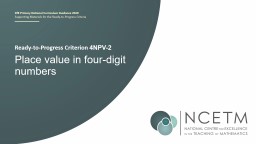
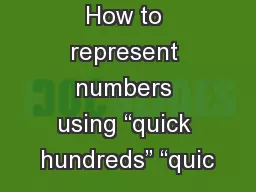
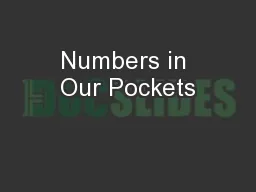


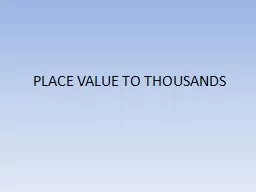
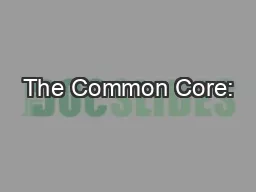
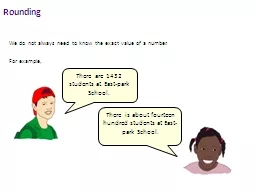
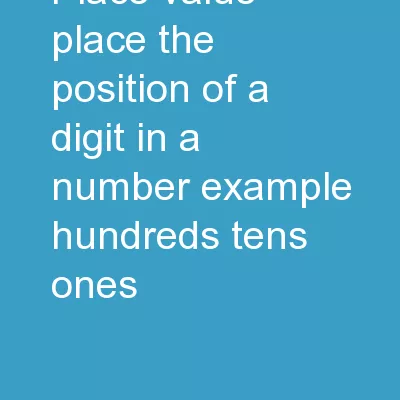
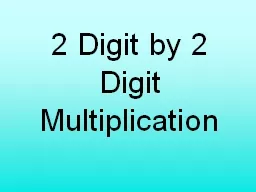
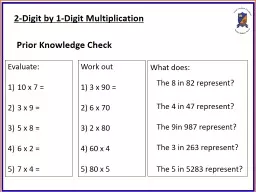
![[EBOOK] Math Workbook multi-digit multiplication grade 5-7: Math workbook for learning:Multi-Digit](https://thumbs.docslides.com/1008415/ebook-math-workbook-multi-digit-multiplication-grade-5-7-math-workbook-for-learning-multi-digit-multiplication-for-5th-6th-to-7th-grade-math-workbook-of-numbers-1-to-4-digit-workbook-ages-10-13.jpg)
